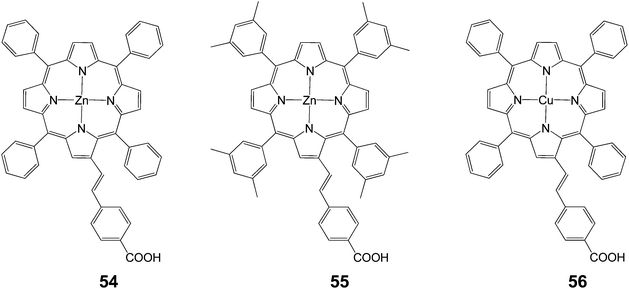

These platforms are intended to provide a vertical arrangement of the substituent in position 4 of the perpendicular phenyl ring and an electronic coupling to the gold substrate. N2 - The efficient synthesis of tripodal platforms based on tetraphenylmethane with three acetyl-protected thiol groups in either meta or para positions relative to the central sp(3) carbon for deposition on Au (111) surfaces is reported.

JF - Chemistry (Weinheim an der Bergstrasse, Germany) T1 - Importance of the Anchor Group Position (Para versus Meta) in Tetraphenylmethane Tripods: Synthesis and Self-Assembly Features. Single-molecule conductance values for both tripodal platforms are obtained through an STM break junction experiment. These experiments indicated that the meta derivative forms a well-ordered monolayer, with most of the anchoring groups bound to the surface, whereas the para derivative forms a multilayer film with physically adsorbed adlayers on the chemisorbed para monolayer. The self-assembly features of both derivatives are analyzed on Au (111) surfaces by low-temperature ultra-high-vacuum STM, high-resolution X-ray photoelectron spectroscopy, near-edge X-ray absorption fine structure spectroscopy, and reductive voltammetric desorption studies.

Based on these data, rational selection of the anchor group is critical to achieve high MM conversion and to prepare pure, high MW bottlebrush polymers by ROMP grafting-through.The efficient synthesis of tripodal platforms based on tetraphenylmethane with three acetyl-protected thiol groups in either meta or para positions relative to the central sp(3) carbon for deposition on Au (111) surfaces is reported. The addition of trifluoroacetic acid to the ROMP reaction substantially increased the propagation rate for all anchor groups tested, likely due to scavenging of the pyridine ligands. A chelation mechanism was initially proposed to explain the observed anchor group effect, but experimental and computational studies indicated that the rate differences likely resulted from a combination of varying steric demands and electronic structure among the different anchor groups. The observed >4-fold difference in propagation rate had a dramatic effect on the maximum obtainable backbone degree of polymerization, with slower propagating MMs reducing the maximum bottlebrush MW by an order of magnitude (from ∼10(6) to ∼10(5) Da). This phenomenon was conserved across all MMs tested, regardless of solvent, molecular weight (MW), or repeat unit identity. We observed a variance in the rate of propagation of >4-fold between similar MMs with different anchor groups. We evaluated the effect of anchor group chemistry-the configuration of atoms linking the polymer to a polymerizable norbornene-on the kinetics of ROMP of polystyrene and poly(lactic acid) MMs initiated by (H2IMes)(pyr)2(Cl)2Ru═CHPh (Grubbs third generation catalyst). Control over bottlebrush polymer synthesis by ring-opening metathesis polymerization (ROMP) of macromonomers (MMs) is highly dependent on the competition between the kinetics of the polymerization and the lifetime of the catalyst.


 0 kommentar(er)
0 kommentar(er)
